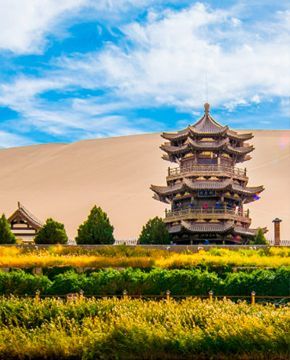The constitution of the People's Republic of China stipulates that citizens have the freedom to believe in religion. Under the protection of the law, believers' legitimate religious activities and religious festivals are respected. Besides, temple buildings and religious relics in various places are protected.
Xinjiang is not only a multi-ethnic region but also an area where many religions coexist. Such as Islam, lamaism (Tibetan Buddhism), Buddhism, Christianity, Catholicism, orthodox Christianity, Taoism and shamanism, so respect the local customs and do in Rome as the Romans do is quite essential.
What are the main Xinjiang Religions and Beliefs?
Islam:
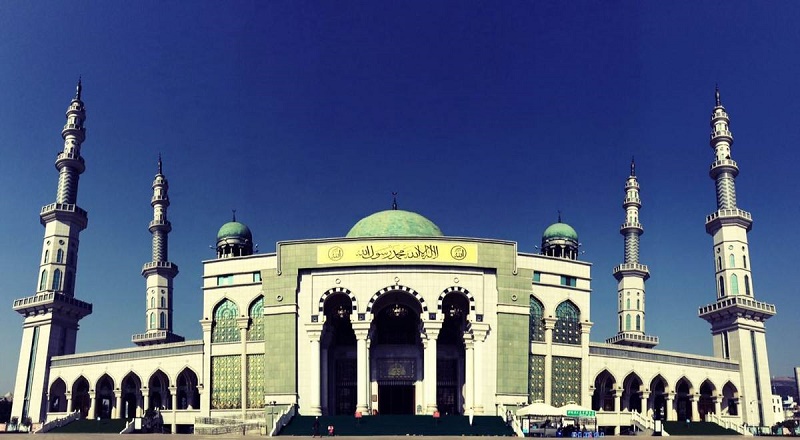
Islam is a religion founded by Mohammed in the Arabian peninsula in the early 7th century. The word "Islam" means "obedience" in Arabic, that is, to believe Allah is the only God and Muhammad is the messenger of Allah. Believe that everything in the world is the "predestination" of Allah.
In the middle of the 10th century, with the eastward expansion of the Arab empire, Islam began to spread to Xinjiang. Suritang Bouguereau, the famous khan of the Karahan dynasty, was the first to convert to Islam. After that Kashgar became the spreading center of Islam. Later, with the continuous expansion of Islamic forces from the Samanid Dynasty, Yutian also became a center of Islam. In the 13th century, Islam spread to Aksu, Kuqa, Yanqi, Yili and other regions. At the beginning of the 15th century, in the aspect of religion, Islam dominated the Turpan basin, and at the end of the 15th century, the inhabitants of Hami began to believe in Islam.
Today, 10 ethnic minorities believe in Islam in Xinjiang, including Uygur, Kazak, Hui, Kirgiz, Tatar, Uzbek, Tajik, Dongxiang, Sala, Baoan. The total population of the believer is about 7.6 million, accounting for about 58 percent of Xinjiang's population.
Buddhism
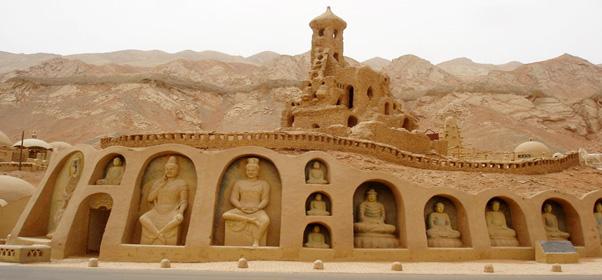
Buddhism has been spreading in Xinjiang for more than 2000 years, and it is still believed by Mongolian and Tibetan people in Xinjiang, while believers can also be found in the Han, Manchu plus Xibo.
Around the Christian era, Theravada Buddhism was first introduced to Khotan in Xinjiang, and then Mahayana Buddhism followed. In the late third century, Buddhism flourished throughout Xinjiang and then declined until the 15th and 16th centuries. As a result, Buddhism has left a rich cultural heritage to Xinjiang, especially the Thousand-buddha Grottoes, which are now found in as many as 16, more than 550 complete grottoes. In addition, there are many Buddhist temple pagoda sites in Xinjiang.
Christianity and Catholicism
Nowadays Christianity and Catholicism are mainly believed by a few Han people in Xinjiang. But funny to say, Xinjiang has a long history of Christianity, dating back to the sixth and seventh centuries. A small branch of Christianity, the Nestorians, flourished in Xinjiang between the 7th and 14th centuries and was called "jing jiao".After the Yuan Dynasty, as Islam dominated in Xinjiang, Nestorian forces began to decline.
Orthodox
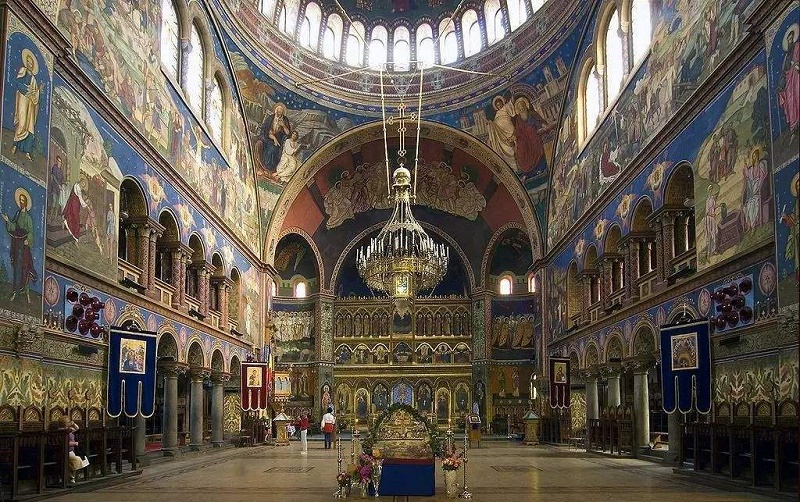
As one of the special religions in Xinjiang, the Orthodox is the religion of the Russian people in Xinjiang. Orthodox missionaries first entered Xinjiang at around the end of the 19th century to the beginning of the 20th century.
Shamanism
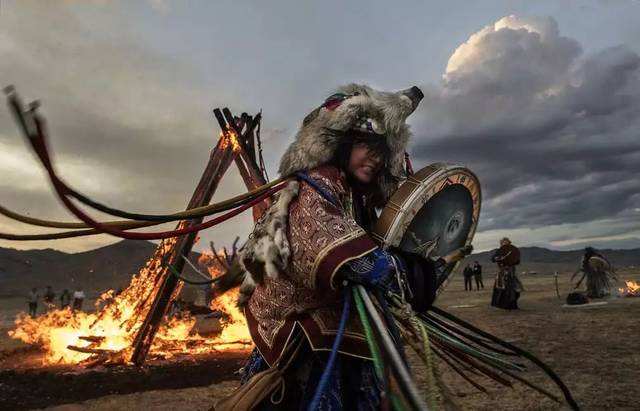
Shamanism is one of the relatively primitive religions, which had a deep influence in the history of Uygur, Kazak, Kirgiz, Mongolian, Manchu, Xibo, Daur and other ethnic groups. However, there are very few shamans nowadays.

